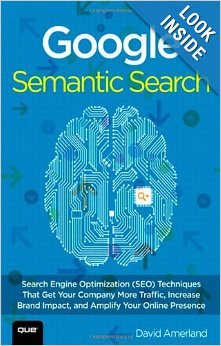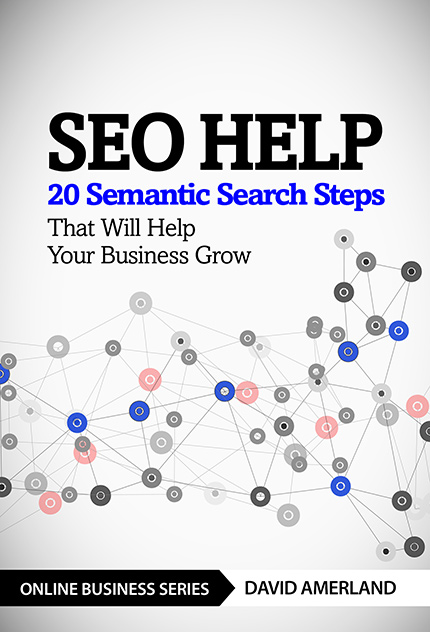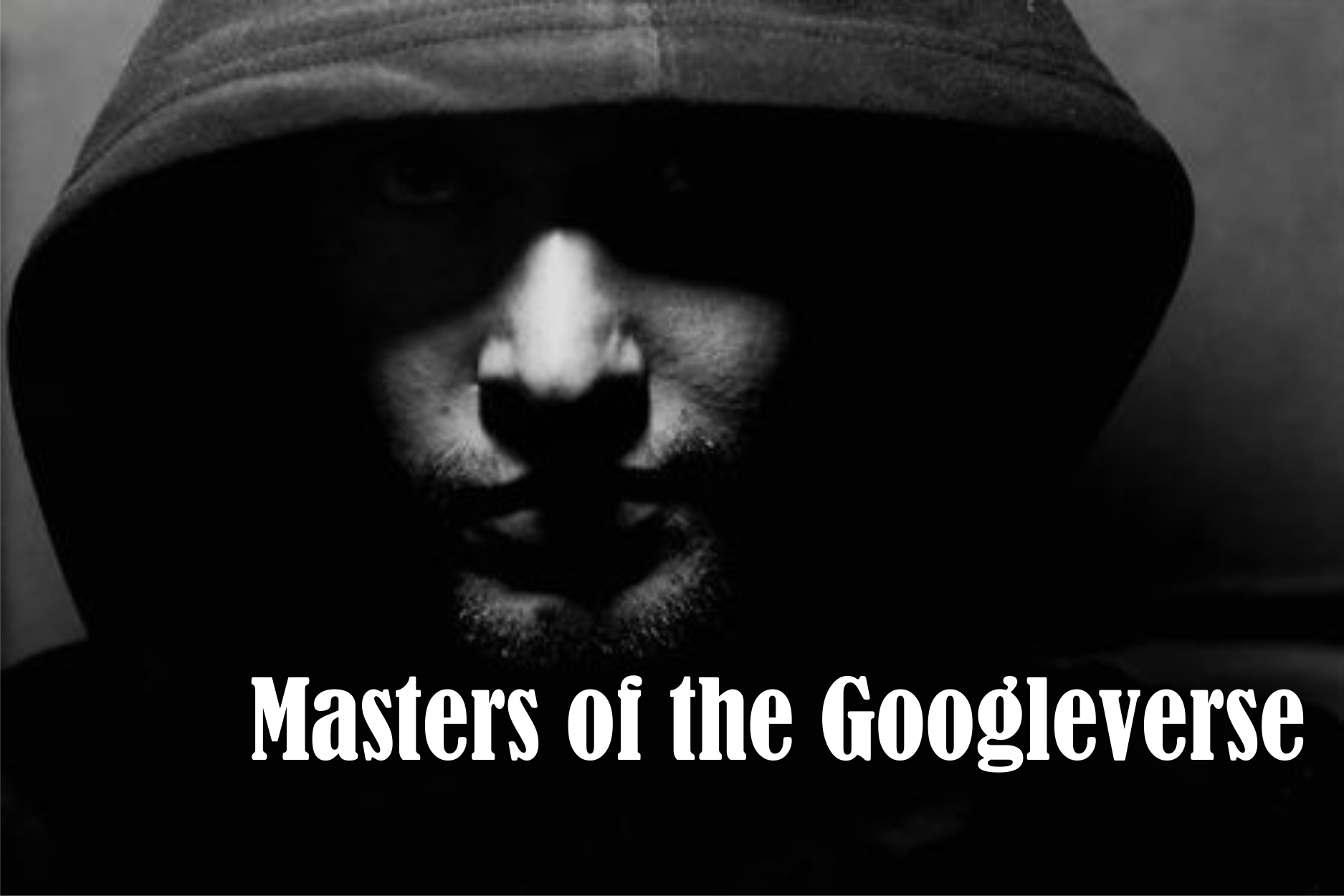The Good Old Yellow Pages
 Long long ago, in a galaxy far far away, in a place called the 1970’s, if your business wasn’t listed in a business bible called the “Yellow Pages”, then new customers didn’t know how to find you, and returning customers had a difficult time remembering how to contact you. Unless you lived in a “one-horse-town” your business did not thrive unless you were included in this book.
Long long ago, in a galaxy far far away, in a place called the 1970’s, if your business wasn’t listed in a business bible called the “Yellow Pages”, then new customers didn’t know how to find you, and returning customers had a difficult time remembering how to contact you. Unless you lived in a “one-horse-town” your business did not thrive unless you were included in this book.
In many ways business was simple, we did not worry about global markets, just in time inventory, data analytics and marketing campaigns were just deciding how big of an ad to place in the “Book” and how many ads to place in the local newspaper each year.
 Engage the Hyperdrive
Engage the Hyperdrive
It was sometime in the early 1980’s that Sir Tim Berners-Lee, working for CERN, frustrated with having to learn different operating systems and syntax just to read information shared by fellow scientists, invented the HyperLink, and way of connecting data.
Of course, the internet was born from this creation and the availability of desktop computers allowed us all to share in any knowledge that was linked.
The Empire Struck Down
The internet, in it’s infancy, was a collection of geeks armed with 28.8 baud modems, who looked up and shared information on library and other public boards, just because they could. They were internet Jedi-in-training sending email encoded messages to each other until the mid 90’s when Netscape was born which allowed everyone to access to the information that was out there…and there was lots of it. In an attempt to organize all the information search engines were created to help people find the information, including business address and phone numbers and eventually email addresses. The foundations of the Empire of the Yellow Book were being assailed.
Search engines only did a passable job at finding information, and good search engines took a long time to find what you wanted. Researching something online could take days, most of it just waiting for queries to be returned.
A New Hope
In the late 1990’s two of these internet Jedi – Larry Page and Sergey Brin – decided they needed a better way to search and index the growing amount of data on the web. The Google Search Engine was their brainchild. By 2002 Google became a verb – “I googled it to find out”. It took the Empire of the Yellow Book another 5 years before they understood their fortress was falling down and start IYP, their Internet Yellow Pages. By 2011 78% of customers reported using a search engine to find a local business.
Google’s mission is to organize the world’s information and make it universally accessible and useful.
Ten things that Google holds to be true
You can click the link for a more in-depth expansion
- Focus on the user and all else will follow.
- It’s best to do one thing really, really well.
- Fast is better than slow.
- Democracy on the web works.
- You don’t need to be at your desk to need an answer.
- You can make money without doing evil.
- There’s always more information out there.
- The need for information crosses all borders.
- You can be serious without a suit.
- Great just isn’t good enough.
So What Does This All Mean for Business Today?
- Consumers spend an average of 79 days gathering information before making a major purchase
- 60% of consumers start their research with a search engine before heading to a specific website
- 88% of consumers made their final purchase in store
- 66% of shoppers conducted their research on a PC or laptop at home and 15% conducted their research on a mobile device at home
- 19% think it’s very important that retailers have mobile friendly websites
- 79% of shoppers feel empowered by technology because it provides access to information
“…the internet as a whole and search, specifically, are undoubtedly one of the best and most important ways to reach consumers and build a business, no matter the size, reach, or focus.” link Rand Fiskin – Moz
Katie Charbineau of Thornley Fallis explores these points – 81% OF SHOPPERS RESEARCH ONLINE BEFORE BUYING
Rand Fishkin and Moz writes a great article with lots of stats about search engine use in How People Interact with Search Engines
So what does it all mean…the Yellow Book will be retired to museums within our lifetime.
Why Should You Care
Well, from the 2 articles linked above we see that consumers do a lot of research before making a purchase these days. When coupled with the fact that Google wants to bring the best results to the searcher, then it follows that if you write great information, and a consumer reads it, they are more likely to buy your product…in your bricks and mortar store! Wow, people still like to purchase in a store.
So it follows that your website, on the internet, is just an advertisement, for your products or brand in general. Your website just replaces the old yellow pages and local newspaper advertising. When comparing costs, we see that owning a website is relatively cheap when compared to any print advertising. Yellow Page ads, start at about $25 monthly just for a line listing and can easily run into the $100’s each month if you want any kind of display ad or want to be in a few related categories or spread your wings into neighbouring districts. A local newspaper ad will start at $250 for 1 week and easily run $500-$600 weekly for a decent sized ad.
Conversely, websites last forever and for most small businesses can be built for between $1500 and $2500 depending on size and options. A website can reach the whole world and showcase as many different product categories you wish. You can also share customer stories, local initiatives that you participate in and current promotions for a little cost or a little time.
Marketing Your Website
Many local businesses are listed in Google Local and can show up in local searches easily. Free social media platforms, like Facebook, can be used to engage with customers and drive your website higher in search results…and all this is free.
For modest amounts of capital, say $200 -$1000 monthly, you can buy pay-per-click advertising with Google, Facebook and others. This is still less than you would pay for print-advertising today. The results can be analysed and campaigns can be tailored to achieve higher rates of return even at these modest budgets.
If you really want to go all out, you can hire an SEO firm to manage your CPC campaigns and do some content marketing and manage social media platforms for you. This would start around $500 monthly and run into the $1000’s each month if you wanted. Yes, this is more than you would spend on local print advertising, but the payback is much greater. If you are doing this, you are aiming at being a market leader in your territory. And remember all this can be measured and analyzed so you will know if the funds spent on marketing campaigns has profitable results.
Good information is Good Selling
Remember in the stats above that consumers do a lot of research before buying these days and they use search engines to do it. Yet they like to come to your store and buy it from you. So you have to know what you are talking about…you have to know your product. In the past we went to the store with the most knowledgeable staff today consumers want to be educated before they enter a store and they will do that by reading your content.
 Promoting your Content
Promoting your Content
In the beginning Google looked at backlinks, that is hyperlinks from outside sources, linking to your content. Up until recently he who had the most backlinks, from the most authoritative pages, won. Basically Google viewed a backlink was a vote for your content, not a bad idea until people started gaming the system and creating “unearned” links to content in order to surface their sites higher in search results. Today with Semantic Search, you can read all about it in David Amerland’s book Google’s Semantic Search -basically the way it works now is based on relationships between people and websites, not just links. This cannot be automated nor can you pay someone in a third-world country to create reams of content for you on a weekly basis so it is less likely to be gamed. It takes time, effort and a plan for website owners to build relationships between their  sites and their audience.
sites and their audience.
Update: Since initially publishing this article David Amerland has written another book – a 20 step guide to better SEO and getting your business found on the web. You can find it here. In this book you will learn how to:
- Make quick SEO gains for your website
- Take your search marketing to the next level
- Use search in your branding efforts
- Define the uniqueness of your business
- Create trust and authenticity on the web
- Make use of current promotional techniques
- Integrate video and images in search marketing
- Shape your digital identity
- Form clear brand values
- Future-proof your SEO
It takes time for Google to learn how to understand the meaning of the content and the relationships between the content and the audience. With the Hummingbird update in the fall of 2013 Google took a giant step forward in understanding what people where writing about…and what comments where saying about the content. For a really good understanding of the Google Index and how Hummingbird affected it, you can read Eric Enge’s post A Hummingbird isn’t just for Christmas, it’s for life.
To study the relationships between people and content Google uses social media, where people interact with each other and the content that they all produce in an effort to render better answers to your search queries, answers that reflect what people deem valuable.
If you want to know a bit more about what I do with websites, visit my page: http://www.harrisweb.ca/

